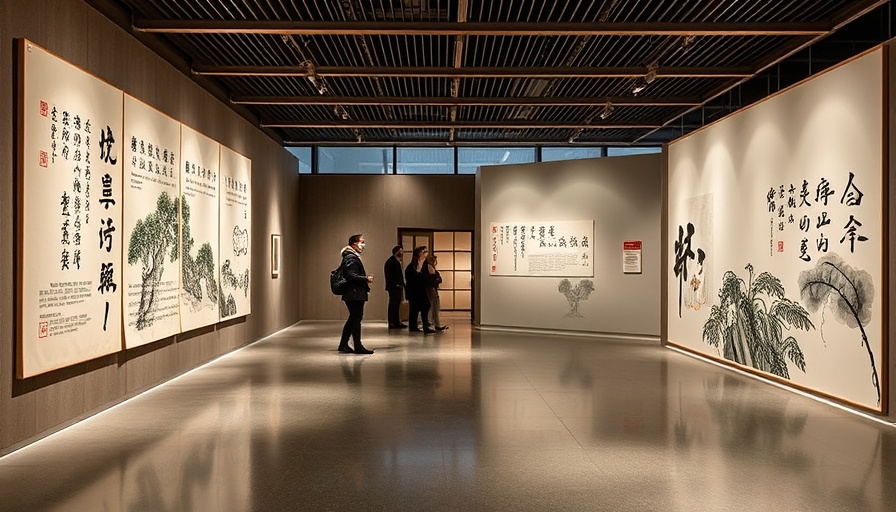
Exploring Innovative Spaces Inspired by Culture
The University of Dundee is pushing the boundaries of creativity with student-led projects that fuse design with cultural influences. Among these projects is a community center drawing inspiration from the fluidity of Chinese calligraphy, symbolizing the intersection of tradition and modernity. This design not only serves as a space for gathering but also embodies the vibrant essence of cultural storytelling.
A New Approach to Sensory-Friendly Design
In addition to culturally inspired designs, students are exploring the realm of sensory-friendly spaces, particularly beneficial for individuals with autism. By understanding the specific needs of sensory-sensitive individuals, such as appropriate lighting and sound control, these projects aim to create environments conducive to comfort and ease. This isn’t merely an architectural endeavor; it addresses the fundamental human need for safe and welcoming spaces.
Reimagining Community Through Cuisine
Fiona Benn’s project, Benn's, showcases another intriguing aspect of community living – food as a means of connection. This chain of vegetarian pie bars aims to not only satisfy hunger but maintain a 24-hour multifunctional space where people can gather, eat, and enjoy local culture through music and camaraderie. The concept draws inspiration from historical establishments while giving them a modern twist, offering not just sustenance, but a social experience.
Interactivity and Engagement in Design
Interactive installations such as Neve Young's 'Vestige' challenge the passive nature of observing art. By inviting public participation, it engages audiences on important social issues like politics and climate change, encouraging them to express their opinions through interaction with the work. This approach not only fosters dialogue but makes viewers a part of the art itself, reflecting their feelings and ideas back to the community.
Reimagining Spaces for Better Living
Daniels Rubins’ 'Co-ncrete' project epitomizes the idea of adaptative reuse in design. By transforming an abandoned college into a co-living community that balances privacy with connection, it presents a livable model for future urban developments. The design emphasizes sustainable practices while ensuring interaction through shared spaces like gardens and kitchens, vital for fostering a sense of community.
The Importance of Cultural Sensitivity in Design
The integration of cultural influences in these projects reminds us how design can serve as a bridge between communities and their histories. For students at the University of Dundee, understanding the roots of these cultural narratives is essential in shaping the spaces where people connect, collaborate, and live. This approach not only enriches the design process but also highlights the importance of knowing our cultural context to foster inclusivity.
Practical Insights for Your Workspace
For digital nomads and remote workers, these innovative projects serve as inspiration for creating comfortable and efficient workspaces. Consider integrating elements of ergonomic design, cultural decor, and multifunctional areas in your own space. Striving for comfort while ensuring your surroundings reflect personal stories can transform your workspace into not just an area for productivity, but a sanctuary of creativity.
Take Action and Create Your Unique Workspace
As you ponder your next workspace redesign, think about how you can incorporate cultural elements and ergonomics that speak to your values. Whether it’s through the colors you choose or the materials that surround you, every element should resonate with your identity and support your well-being in remote work.
 Add Row
Add Row  Add
Add 




Write A Comment